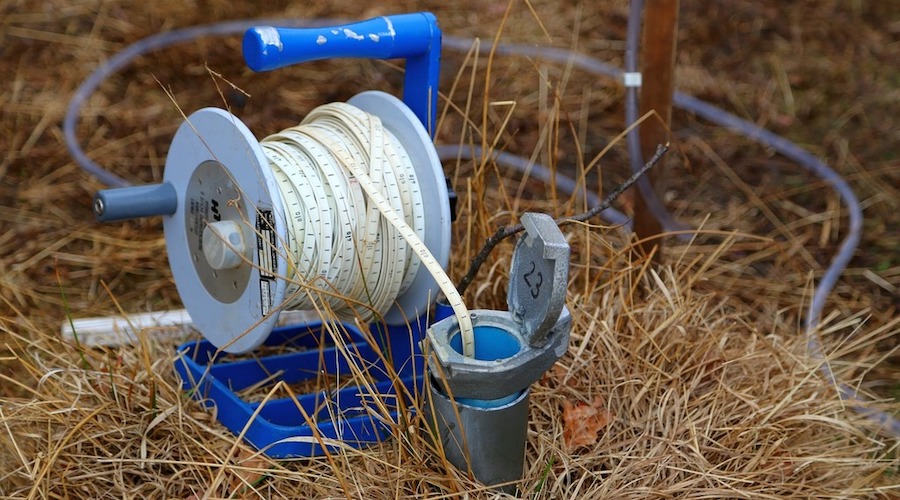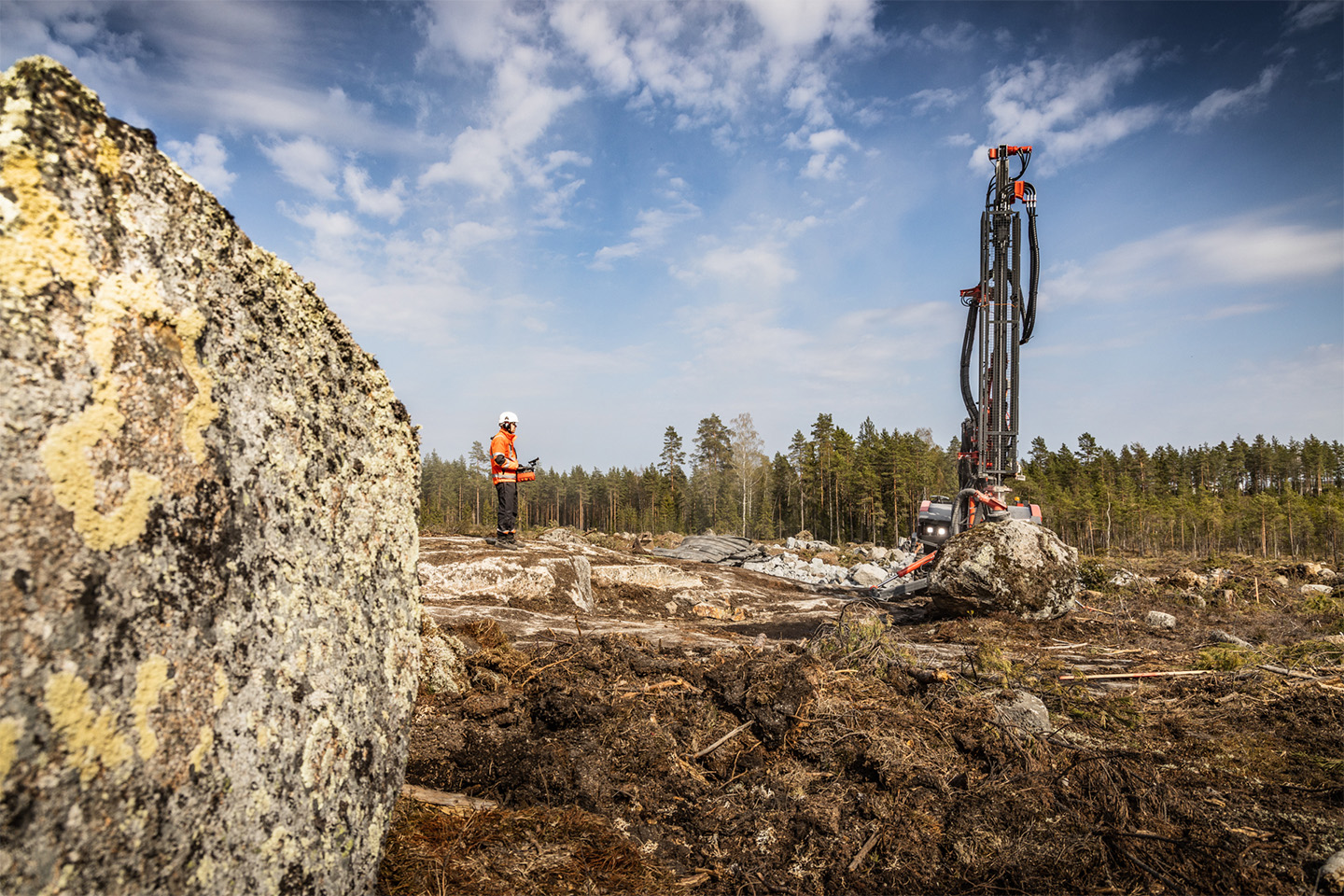New method allows efficient lithium extraction from seawater, groundwater

Researchers at the University of Chicago Pritzker School of Molecular Engineering have optimized a new method for extracting lithium from dilute—and widespread—sources of the metal, including seawater, groundwater, and “flowback water” left behind from fracking and offshore oil drilling.
Their approach isolates lithium based on its electrochemical properties, using crystal lattices of olivine iron phosphate.
In a paper published in the journal Nature Communications, the scientists explain that because of its size, charge and reactivity, lithium is drawn into the spaces in the olivine iron phosphate columns—like water being soaked into the holes in a sponge. But, if the column is designed perfectly, sodium ions, also present in briny liquids, are left out or enter the iron phosphate at a much lower level.
In the new work, the team led by Chong Liu tested how variation in olivine iron phosphate particles impacted their ability to selectively isolate lithium over sodium.
“When you produce iron phosphate, you can get particles that are drastically different sizes and shapes,” Gangbin Yan, first author of the paper, said in a media statement. “To figure out the best synthesis method, we need to know which of those particles are most efficient at selecting lithium over sodium.”
By showing how certain particles of iron phosphate can most efficiently pull lithium out of dilute liquids, these findings could hasten an era of faster, greener lithium extraction.
Lithium at a cost
The researchers pointed out that today, most lithium used in lithium batteries comes from two basic extraction processes. Lithium rock ores can be mined, broken up with heavy machinery, and then treated with acid to isolate the lithium. Lithium brine pools, on the other hand, use massive amounts of water pumped to the earth’s surface and then evaporated away—over more than a year—to yield dried lithium.
“These methods aren’t particularly environmentally friendly to begin with, and if you start trying to work with less concentrated sources of lithium, they’re going to become even less efficient,” Liu said.
“If you have a brine that is 10 times more dilute, you need 10 times more briny water to get the same amount of lithium. Our method allows the efficient extraction of the mineral from very dilute liquids, which can greatly broaden the potential sources of lithium.”
{{ commodity.name }}
{{ post.title }}
{{ post.date }}


Comments